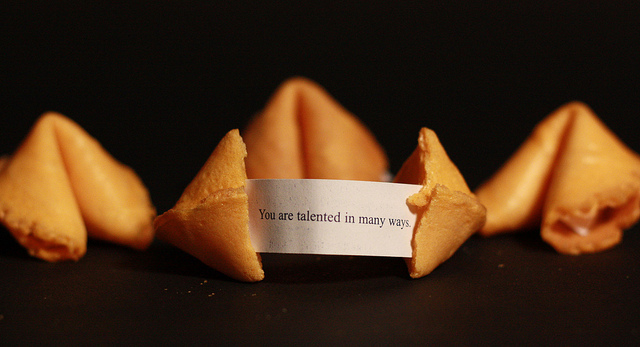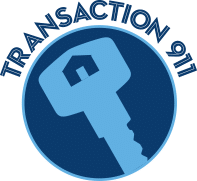 I’ve been checking out Craigslist and getting a lot of sales-type emails lately. The common theme in both is “leads.” Everyone seems to be hot for leads—as if leads will solve the world’s problems. More leads = more closings, right?
I’ve been checking out Craigslist and getting a lot of sales-type emails lately. The common theme in both is “leads.” Everyone seems to be hot for leads—as if leads will solve the world’s problems. More leads = more closings, right?
Maybe yes, but possibly not. You have to know how to convert a lead—what you need to do to get someone to the closing table. That is, you have to be able to create a successful marketing campaign. And, even if you have a ready, willing, and able buyer or seller, if you cannot navigate the rough waters correctly (with a successful plan), that individual will slip through your fingers.
For example, did you know that you are 5 times more likely to make contact with an Internet lead if you call within 5 minutes of the online inquiry as opposed to delaying for 10 minutes?
Even more interesting… you are 100 times more likely to make contact with an Internet lead (homebuyer leads) in the first 5 minutes than if you delayed 30 minutes before responding.
Internet lead conversion is very challenging and takes lots and lots of discipline. My Master the Art of Successful Lead Conversion ebook provides some helpful information about how to set up a regular follow up plan that will increase your probability of converting an online lead into a real home buyer.
But what about other types of leads? What about leads for people who have had a recent Notice of Default or those leads that stem from probate or divorce? Do you have a solid plan of action for working with those kinds of leads when they come your way?
Your Next Marketing Campaign
Here are three helpful tips when considering the creation of your marketing campaign:
- Detail is everything. If you get a list of possible leads, look through it carefully. If it comes to you as a spreadsheet, you may notice that some of the homeowners listed are named as a trust. For example, instead of the owner being Fred and Wilma Flintstone, the list may say Flintstone Trust. And, if you plan to create labels or do a mail merge, your letters will say something like “Dear Flintstone Trust…” When I see that mail merged detail, I cringe. It indicates to me that the individual preparing the merge didn’t take the time to massage or tweak the data in the list so that each recipient feels that he or she gets a personal message. That small detail (or lack of it) could be the difference between making a meaningful connection and your marketing piece going into the trash.
- Once is not enough. So, you’ve created a lovely marketing piece. You’ve mailed it, and the phone doesn’t ring. “What went wrong?” you wonder. What went wrong is that once is not enough. You’ve got to create a rapid fire campaign where you shoot way more than just once. It generally takes up to eleven contacts to convert a lead. Once postcard ain’t gonna cut it. Sorry.
- Market benefits not features. Anyone that speaks with you or receives your marketing materials cares about just one thing—how working with you will benefit them. Will they save money? Will they earn money? Will they save time? Will a horrendous situation be avoided? It’s not about you and all those degrees or designations that appear like alphabet soup after your name. It’s about your prospective client or customer. Always make sure to communicate how working with you will benefit them (as opposed to the other way around).
If you are working on some cool marketing campaign materials or have found things that have brought your great success, we’d love to hear about them. Feel free to email us and share your good fortune!


